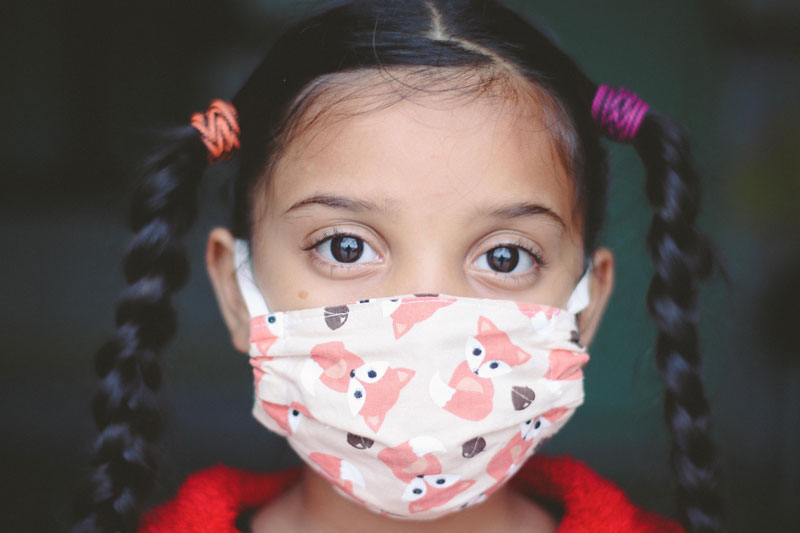In March 2020, as news of the Covid virus rapidly transmitted worldwide, the federal government declared the pandemic a Public Health Emergency (PHE). Through the declaration, the government could provide free vaccines and Covid testing and expand programs like Medicare to include these measures. The PHE declaration officially ended on Thursday, May 11.
Covid cases have subsided significantly just in the past year. In January 2022, the county had a 7-day average of 261 cases per 100,000 people. As of May 8, 2023, the 7-day average was 2.5 cases per 100,000 residents. Deaths from the virus are also less likely than during last January’s peak, with no deaths reported in May 2023.
To get a better picture of the Covid caseload and understand what this change in emergency status will mean locally, Good Times spoke to Dave Ghilarducci, the Deputy Health Officer and Emergency Medical Services Director of Santa Cruz County.
Why is the emergency declaration ending now?
DAVE GHILARDUCCI: Covid exposed a lot of vulnerabilities in our system, like access issues and barriers to healthcare. The declaration brought support: free testing, free vaccinations, free medications and education. Now it’s the responsibility of the healthcare system to provide these services. A never-ending state of emergency was never sustainable. Now that the threat has changed, it makes sense to revert to our usual healthcare system to handle this disease, like it handles flu and other infections.
What changes will residents experience after the declaration ends?
Although the federal health emergency expired on May 11, California has extended benefits for an additional six months, giving free access to vaccination, testing and treatment as long as supplies are available. Health insurance plans must cover those without cost to the recipient until Nov. 11. Under the declaration, automatic re-enrollment in MediCal expires. We have made efforts to educate people to stay enrolled.
How will the county continue to monitor Covid?
We will no longer be using Covid case counts to measure the severity of Covid, as there is no accurate way to collect case counts. The majority of testing takes place at home now, instead of a laboratory or testing center, where that data collection traditionally has occurred. People with mild cases might not report them.
Fortunately, we monitor case counts by analyzing wastewater data. The amount of virus in sewage at treatment plants indicates whether cases are rising, falling or steady. That data informs educational efforts and mask recommendations. If the virus spikes in one part of the county, we consider focused approaches for that location. Our website, santacruzhealth.org, shows wastewater levels dropping and hospitalizations down to 16 in early May.
What does the future of living with Covid look like?
We’ve had flu in human society for as long as we know. We know it can be deadly, especially to vulnerable populations like the elderly and the immunocompromised. Most of us have had Covid once, have been vaccinated or both, which does minimize impact, hospitalizations and deaths. We will probably see Covid fall into a seasonal pattern where it will be most common during the winter, when people gather indoors, and annual vaccinations, especially for the vulnerable. It is helpful for healthy people to vaccinate, as they become less likely to spread the disease. Many people will wear masks to protect themselves and others in specific settings or during Covid and flu season. In the Bay Area, San Benito County and Santa Cruz, health officers, who communicate often, see things gradually returning to normal with some location-specific interventions as required. School closures will be highly unlikely.
Will there be masks or vaccine mandates going forward?
Public health policies related to masks or vaccination probably aren’t useful at this stage. We closely monitor the number of hospitalizations, and if we see them getting strained with Covid admissions to the point of being unable to function, then we may have to revisit masking and requiring vaccinations for healthcare workers.
If Covid is less of a threat to individuals and the healthcare system, what are the County Health Department’s most pressing issues?
Now we are dealing with opioid overdoses, an explosion in syphilis, issues stemming from homelessness. Some of these are aftershocks from the Covid earthquake that has reverberated with childhood mood disorders and behavioral healthcare—there’s so much work in public health, it’s incredible.













